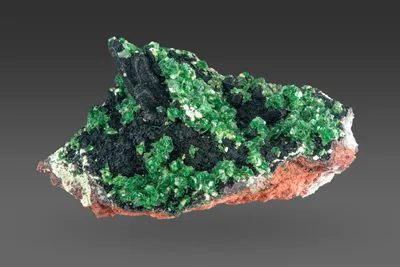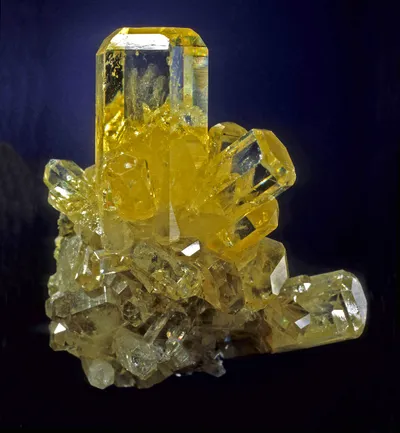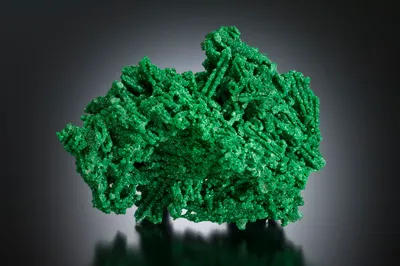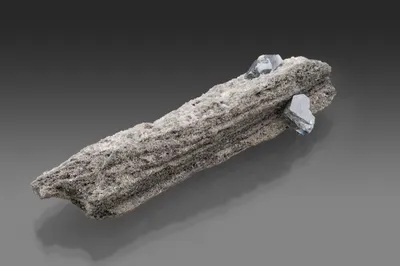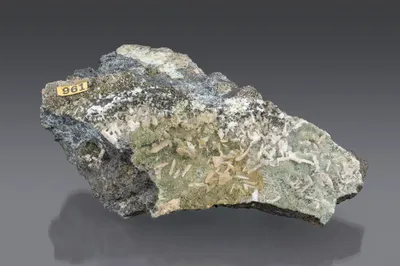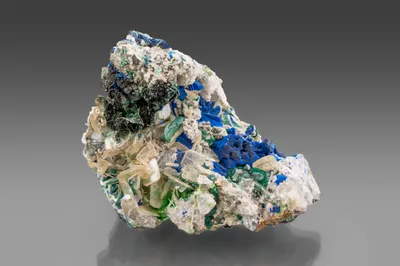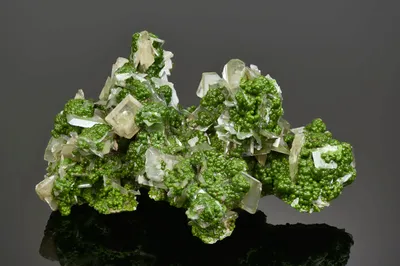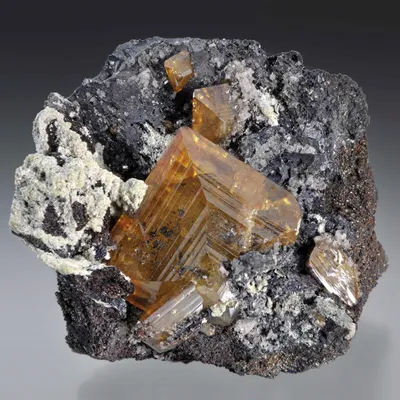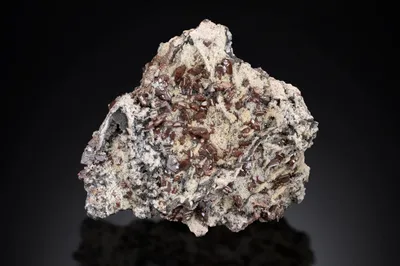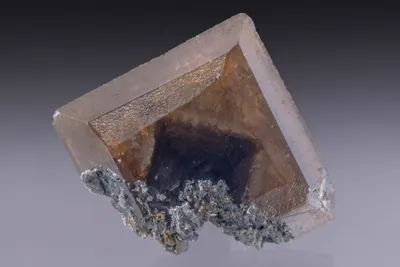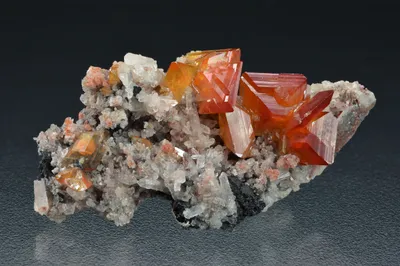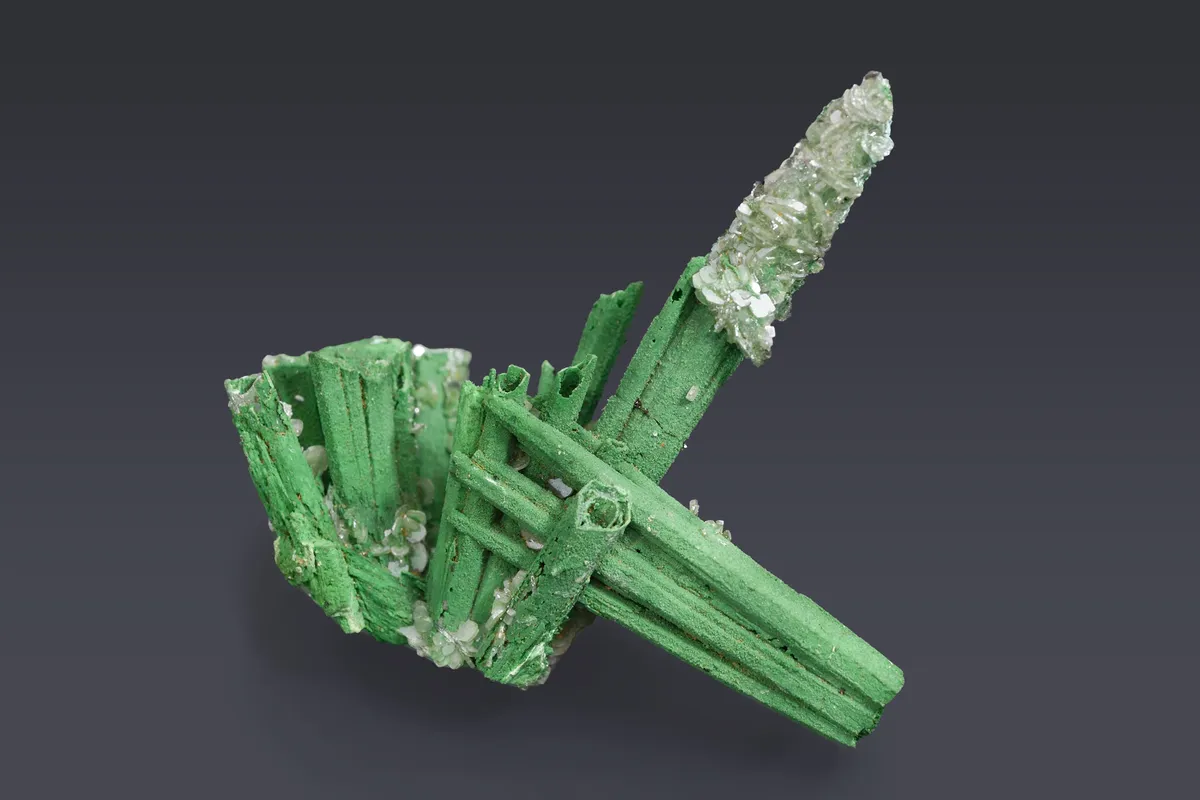
Image Credit: Malcolm Southwood photo; courtesy of the NHM London
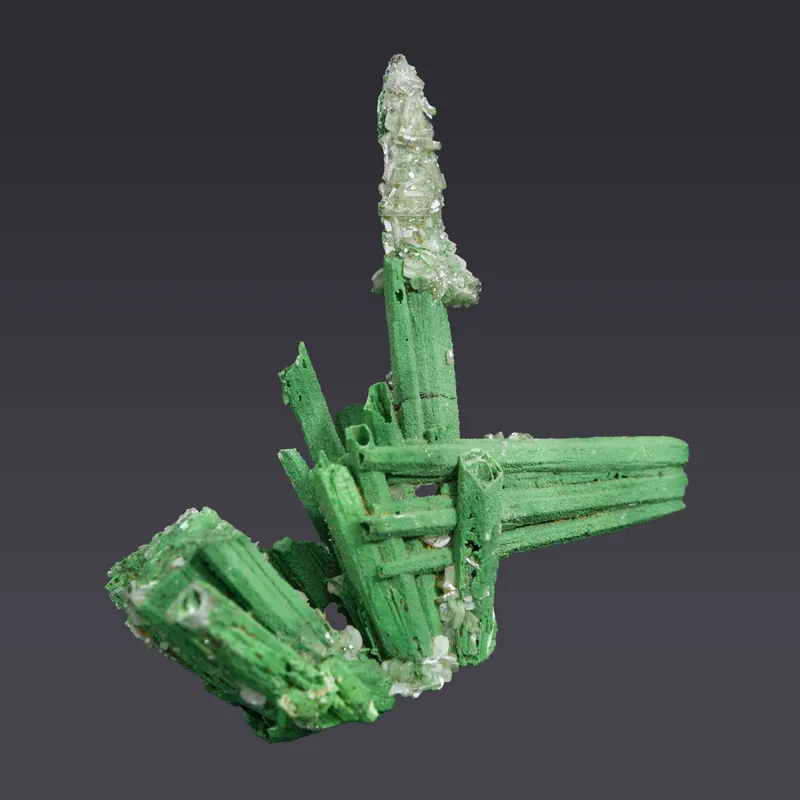
Image Credit: Malcolm Southwood photo; courtesy of the NHM London
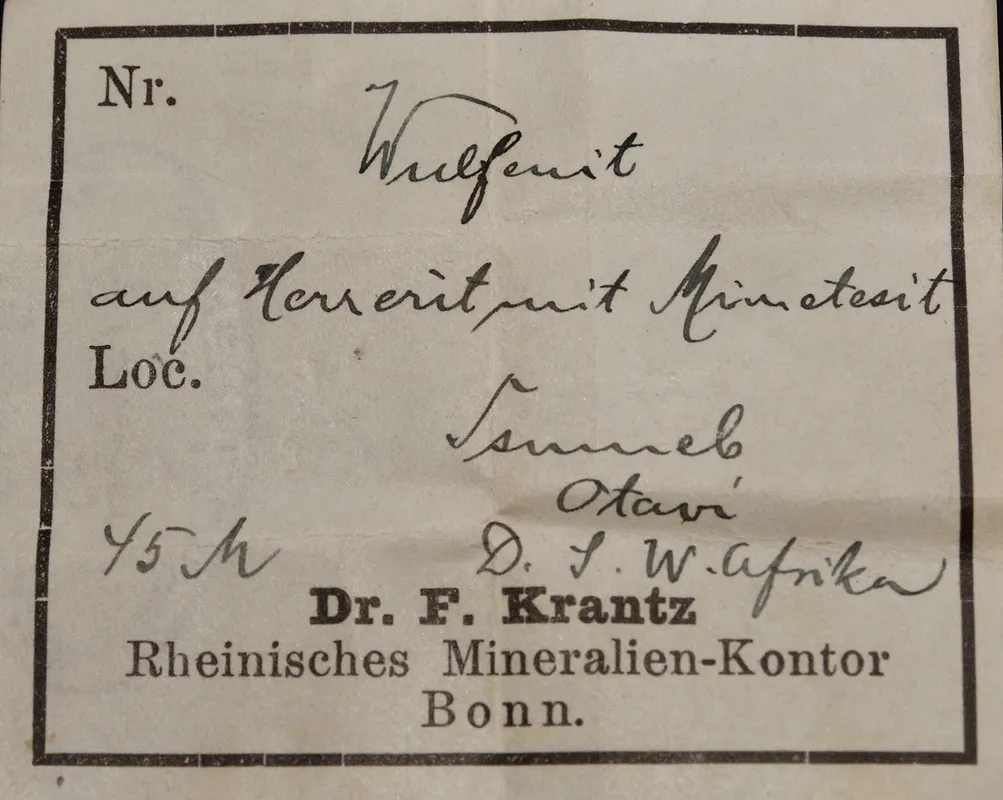
Image Credit: Malcolm Southwood photo; courtesy of the NHM London
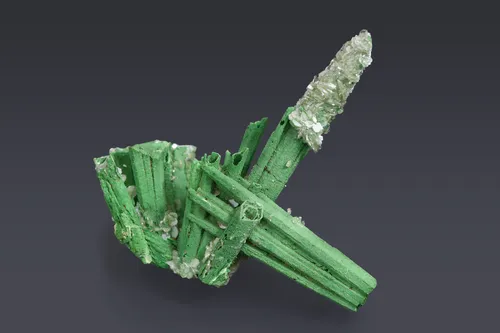
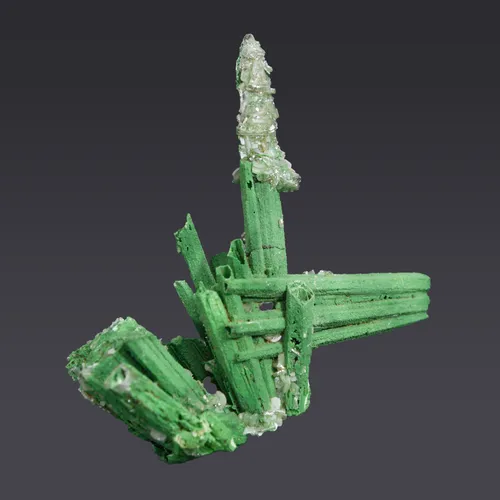
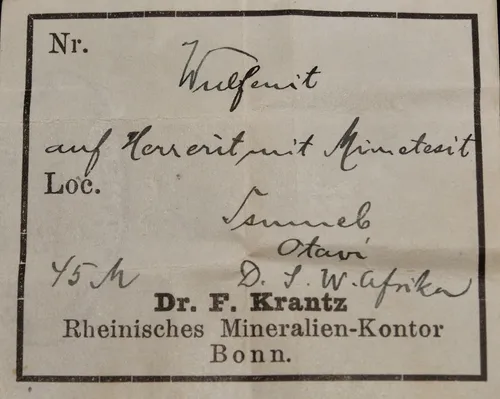
Specimen Title
Wulfenite (on bayldonite after mimetite)
Associated Minerals
arsentsumebite (?); bayldonite; mimetite
Principal Mineral
Precursor Mineral
Size
Cabinet; 55mm
Location in the Mine
First oxidation zone
Provenance
Krantz, F.
Collection
NHM London; BM.1913,340
Entry Number
Specimen; TSNB816
Associated Minerals
arsentsumebite (?); bayldonite; mimetite
Description
Hollow epimorphs of bayldonite after mimetite, with a druse of colourless tabular wulfenite crystals (to 1.5 mm) covering the termination of the main crystal (Exhibit 2); similar-sized individual wulfenite crystals and smaller aggregates thereof are sparsely distributed on other parts of the specimen (Exhibit 2). Wulfenite is an uncommon mineral in the first oxidation zone.
Bayldonite is the dominant component of the epimorphs (Mike Rumsey, pers. comm. to M. Southwood, 2020) but a zone of lighter green arsentsumebite (?) is also present immediately adjacent to residual mimetite which remains in one of the epimorph structures.
The specimen was purchased from Dr F. Krantz (of Bonn) in 1913, dating the specimen unequivocally to the upper portion of the first oxidation zone. Curiously, the Krantz label (Exhibit 3) translates as "wulfenite on herrerite [= Cu-bearing smithsonite] with mimetite". There is no smithsonite on the specimen, however, and the description may indicate a poor understanding of these replacements at the time they were discovered.
